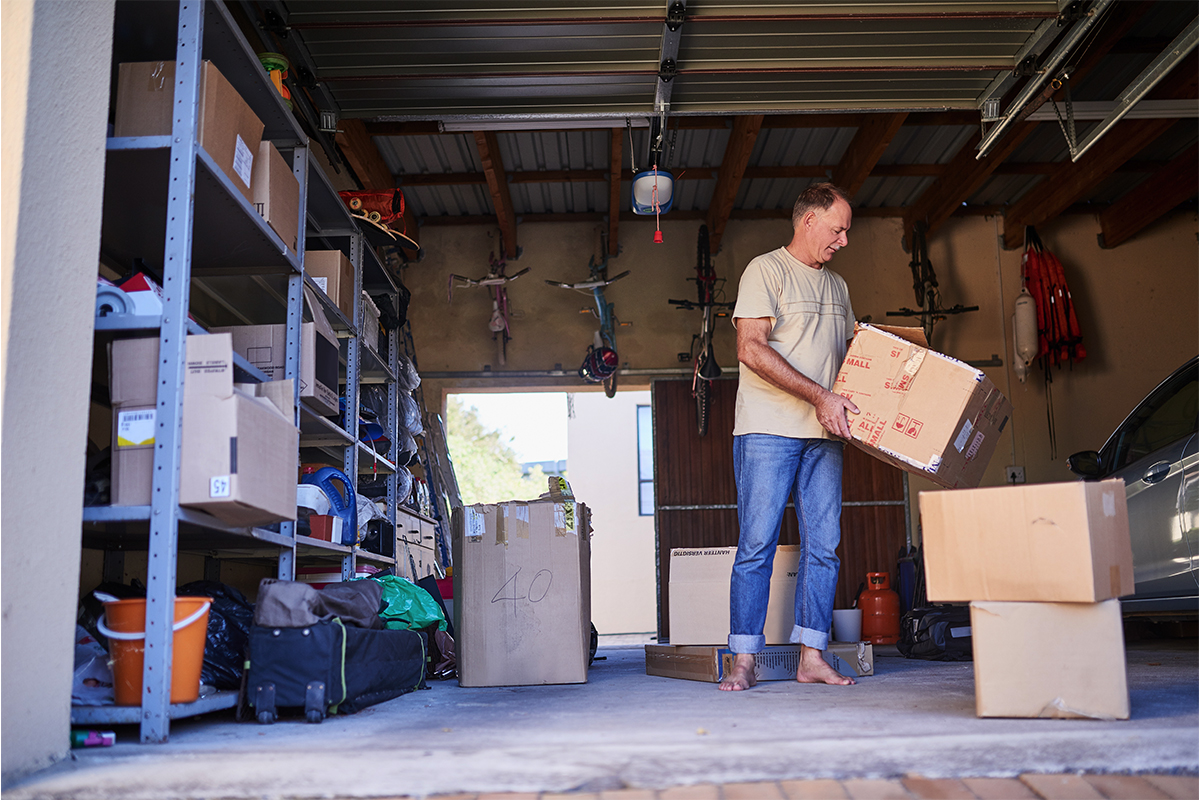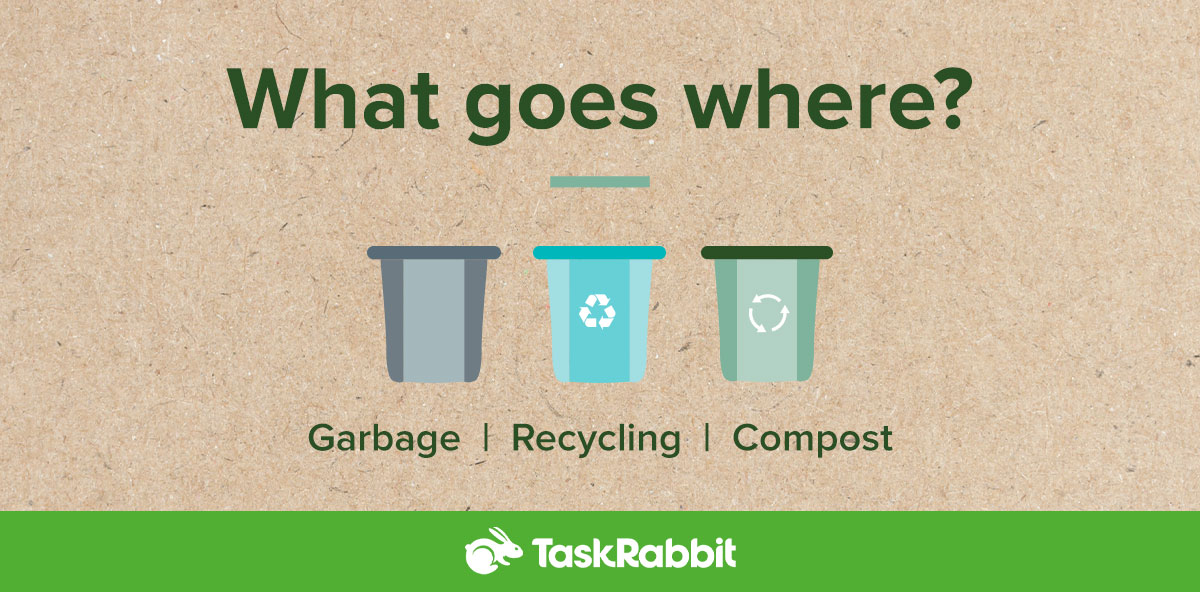If you’re hanging something in your home, you’ll likely need to locate studs in your walls to do so. Studs are the vertical wooden or metal beams that form the structural backbone of your walls. When you hang something without hitting a stud, you’re only anchoring into the thin outer layer, usually drywall or plaster, which can cause heavy items like mirrors or frames to loosen, or fall over time. Ever gone to hang a picture frame and the nail or screw just pops right in? You didn’t hit the stud.
Common tasks that typically require stud finding include:
As one of the first steps in mounting or hanging something on a wall in your home, locating studs can also be the most important step. Installing heavy fixtures or decor from studs helps to prevent your items from falling by safely securing them.
Read on to learn the different methods you can use to find studs in your walls, and tips to keep you and those around you safe.
Finding Wall Studs with a Stud Finder
There are two types of stud finders you can use: magnetic and electronic. Magnetic stud finders work well for simpler jobs, lighter items to be hung, and locating studs in plaster walls. Electronic stud finders, on the other hand, may be better suited for drywall, heavy mounting, and jobs that need to work around wiring.
Once you’ve determined which stud finder is best for your needs and wall type, you can begin your stud search.

How to Find Studs with an Electronic Stud Finder
Electronic stud finders use sensors to locate studs by measuring changes in materials. Follow the below steps to locate wall studs with an electronic stud finder:
- Obtain a stud finder and ensure it is charged or has the proper batteries in place.
- Decide where on the wall, particularly how high, you’d like to hang an item.
- Calibrate the stud finder. This is typically done by placing it flat against the wall and pressing the calibration button. Check the instructions for your specific tool to be sure.
- Move the stud finder slowly and horizontally across the wall.
- Listen for a beeping signal or watch for a light to indicate that you have found a stud.
- Once the stud is located, mark its location on the wall for reference.
How to Find Studs with a Magnetic Stud Finder
Magnetic stud finders are exactly what they sound like – they use magnets to find metal in the walls, including things like wiring and screws that secure drywall to studs. Steps for using this tool are largely the same as if you were to use an electronic stud finder.
The main difference is that you may not need to calibrate the tool, and instead of listening or looking for a signal, you will move the magnetic stud finder up, down, and across the wall until it has a strong pull, indicating you have located a stud.
If you don’t have a magnetic stud finder, these steps can be completed with any type of magnet as well.
Finding Wall Studs Manually
Don’t have a stud finder? No worries! There are other ways that you can find studs in walls with things you do have that are safe for both plaster and drywall.
Look Near Electrical Outlets and Light Switches
You can typically find studs on one side of outlets or light switches. To check, first make sure that the power is turned off. Then, remove cover plates and identify which side the stud is on.

Tap or Knock on the Wall
You can use your knuckles or a hammer to identify the location of studs. Gently tap around the wall, listening closely to the sounds it makes. If the knocking sounds hollow, keep moving horizontally inch by inch until the sounds become more solid or higher in pitch.
Measure from Corners

Many homes are framed with studs that are 16 or 24 inches apart, measured from center to center. With this in mind, you can start at a corner, measuring in increments of 16” or 24” to locate studs. Use the knocking method to determine if studs are in the estimated spots.
Look for Bumps or Indents in Your Wall
Bumps or idents in walls can be indicators of where drywall is secured to studs. If you identify a spot like this, try the knocking method for confirmation.
For all manual methods, be sure to mark the locations of your identified studs to refer to when you are ready to proceed with your mounting or hanging project.
Stud Finding Tips and Safety
Keep safety top of mind with these tips on finding wall studs:
- Do multiple checks. No matter which method you are using, try it out a few times to be sure you’ve found a stud and not something else, like pipes or wires. Confirming that it runs vertically is one of the surest ways to know you’ve located your studs.
- Measure the spacing between studs. Since studs are typically placed 16 or 24 inches apart, checking this distance can help confirm your stud locations. If your measurements differ, it is possible you have found something else and should try again.
- Test the area. Drill a small hole or hammer a thin nail to confirm that you have accurately located a stud before fully proceeding. If you have found a stud, there will be resistance and the screw or nail will not go entirely in.
- Avoid electrical wires. Wires tend to run vertically near outlets and switches, making it a risk to drill directly above or below these fixtures.
Can’t Find Your Wall’s Studs? We Got You
You may be having some trouble finding studs, but you can hire a Tasker within minutes. If you need help with stud finding for mounting, hanging, or installation, book a Tasker through Taskrabbit today.
Last updated on November 18, 2025 by Grace Branscome

























